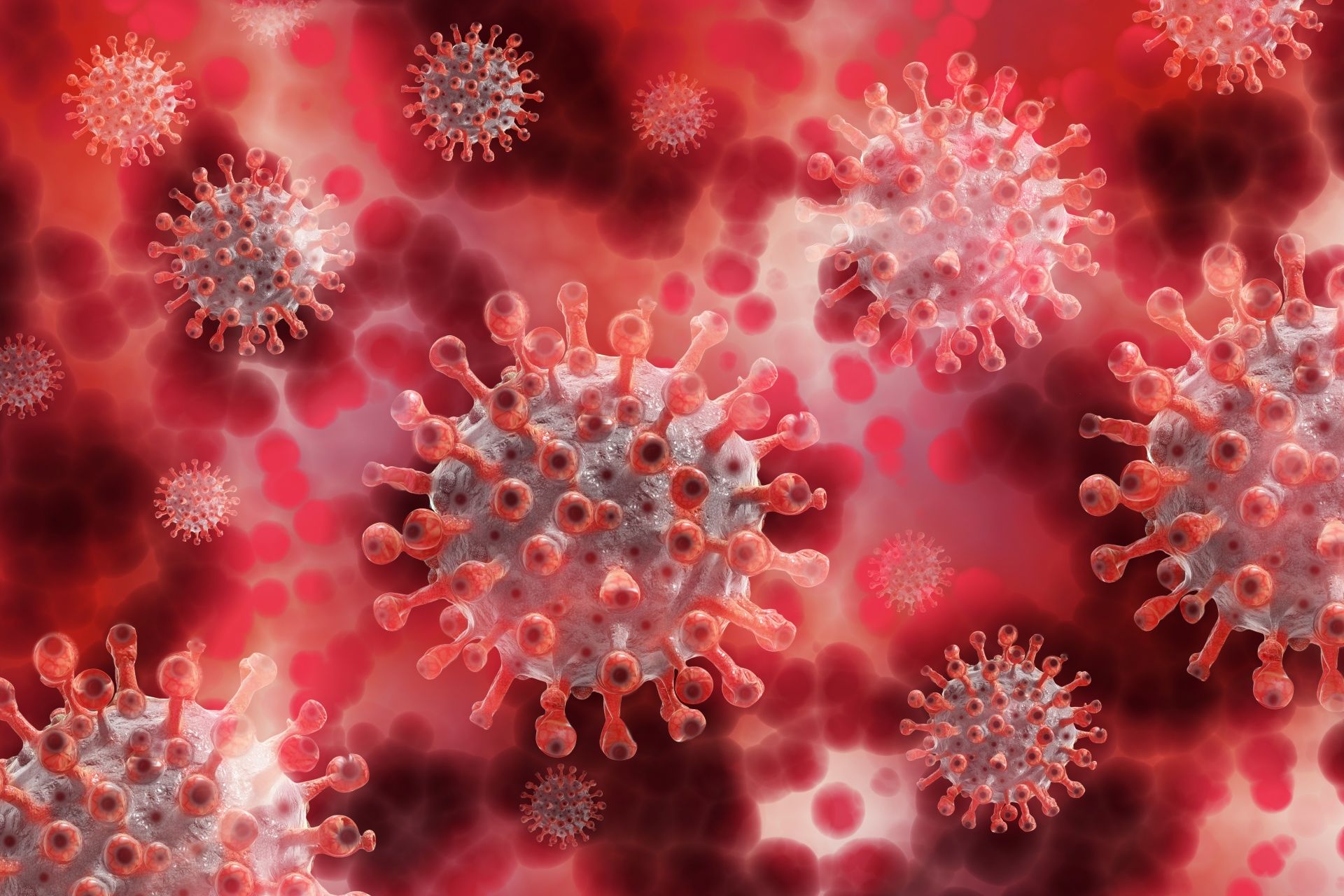
With its gothic-novel nickname, the XFG sublineage—dubbed ‘Frankenstein’—has put Covid back in the headlines at the onset of autumn. In Lebanon—where we pile up security and social problems, border and cross-border tensions, shortages, endless paperwork, slashed budgets, political instability, and the legacy of past conflicts, right down to a light-and-sound show at Pigeons’ Rock—this label reads like a bad teaser. All the more reason to stick to the data—not the special effects—and keep a cool head.
“Covid cases never really stopped, but people stopped testing: many self-diagnosed it as ‘flu,’ dry or wet,” notes Prof. Jacques Choucair, head of the Infectious Diseases Department at Hôtel-Dieu de France (HDF). In recent weeks, he has seen a real increase, driven by the return of the diaspora and our close-contact habits—“the three kisses, family banquets”—that favor transmission. Nothing spectacular at the hospital, however: “about ten hospitalizations in the recent period, two brief stays in intensive care, no deaths. We’re a long way from the 2021–2023 waves.”
The catchy label comes from a hybridization of mutations arising from several branches of SARS-CoV-2. “It’s not a scientific term coined by virologists but a nickname popularized by the media. The image of an assembled creature speaks to the general public, but it’s a tad alarmist,” the infectious disease specialist explains for context.
A Contained Uptick, Routine Clinical Picture
On the ground, he sees “no particular virulence” compared with recent Omicron strains: an upper-airway picture with initial sore throat, a rather dry cough, fatigue, headaches, and muscle aches; possible fever; gastrointestinal symptoms “less marked than before.” In people without risk factors, the course remains most often benign.
That leaves the typing question: is XFG really circulating here? “At this stage, we don’t have routine sequencing capacity to confirm it,” Choucair concedes. Lebanon therefore infers its situation from international and regional trends. “As of June 22, 2025, 1,648 XFG sequences had been submitted to GISAID from 38 countries, i.e., 22.7% of the sequences available that week; 65 (4%) came from the Middle East region.” Lacking systematic local typing, the team is watching clinical signals and hospital occupancy—neither of which, for now, points to a worst-case scenario.
Managing It as Endemic: Vaccines, Testing, Treatments
On vaccination strategy, the professor sticks to a classic, targeted line. “People at risk must be protected: the elderly, people with obesity, diabetes, cancer, immunodeficiency, pregnant women, and patients with organ insufficiency,” he says, while also reminding readers of the value of influenza vaccination for everyone. The Lebanese reality, however, quickly overtakes doctrine: “The updated SARS-CoV-2 vaccine is not available in Lebanon at the moment. So we do our best: individualized advice and prioritizing high-risk profiles as soon as doses are available.”
To test or not to test? Choucair’s view is pragmatic. “A rapid test or PCR is called for in the presence of a respiratory syndrome, a fever of unknown origin, or on admission to a hospital setting, to prevent contagion and small outbreaks.” On the other hand, there’s no reason to swab at every sneeze: you test “as soon as there’s a need to protect a vulnerable relative or a sensitive context.”
As for treatments, the toolkit exists but access is patchy. “Besides IV remdesivir in hospital, we have nirmatrelvir/ritonavir, the first-line antiviral for high-risk patients, to be started as early as possible, ideally within the first five days of symptoms, for five days.” The recurring problem: “both treatments are difficult to obtain in Lebanon, sometimes only available on request.”
Nothing, then, replaces prevention at the human scale. Choucair stresses individual and collective responsibility: isolate when you are frankly symptomatic, sneeze or cough into your sleeve or a tissue, wash hands frequently, wear a mask when you’re infected for five days, and get tested at the slightest suspicion if you are around vulnerable people. “The infection is less severe today than in the past, but to protect our elders and keep our medical services functioning, we need to test, isolate briefly and treat when needed,” he sums up.
In the end, the name makes more noise than the clinical reality. XFG, a.k.a. “Frankenstein,” is circulating, without any signal of increased virulence. The country doesn’t need a new round of alarmism but an endemic-management approach: protect the vulnerable first, test when it’s relevant, treat eligible patients early, and—without any heroic flourish—recover the discipline of simple measures.
The rest is just monster window dressing.





Comments